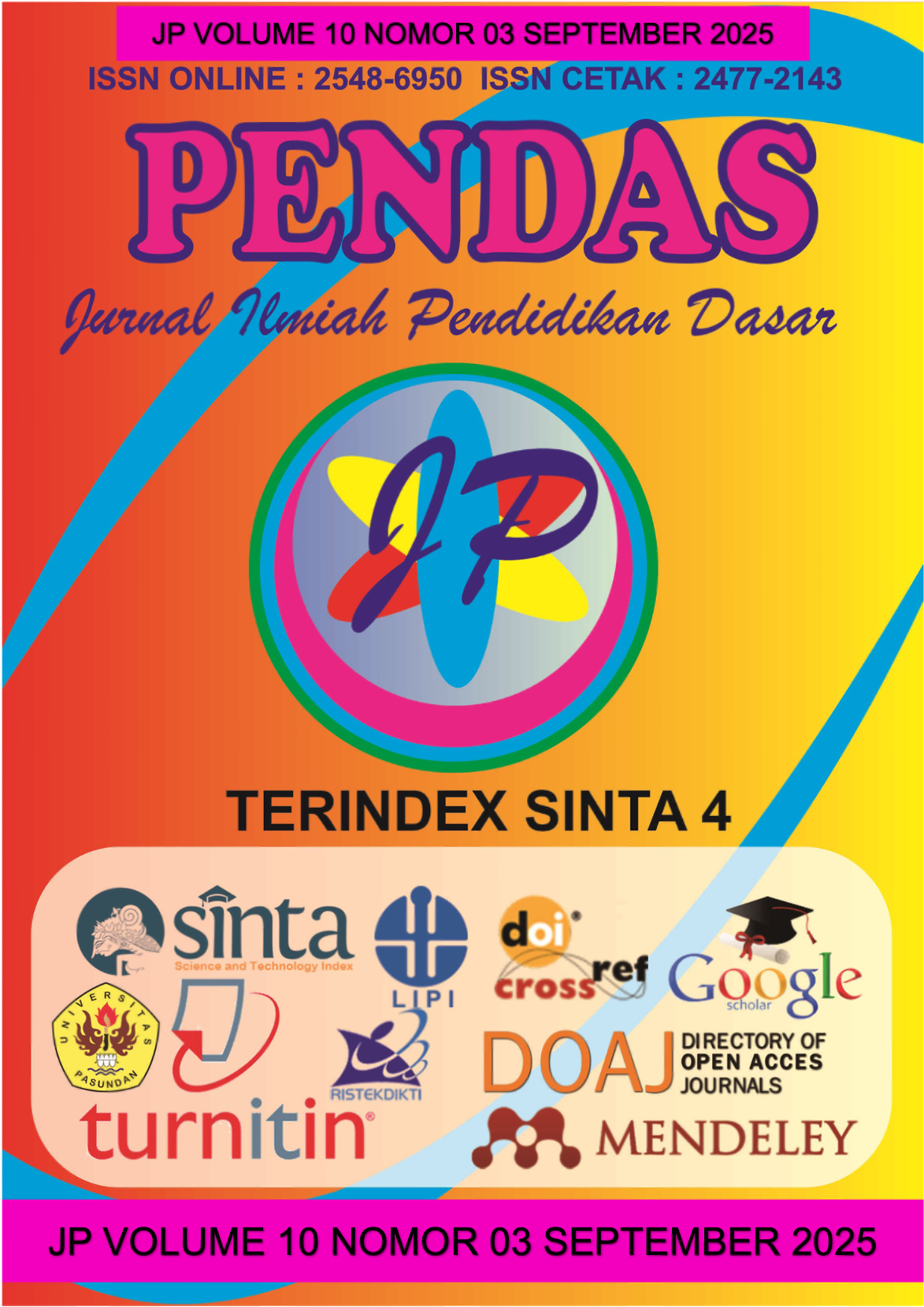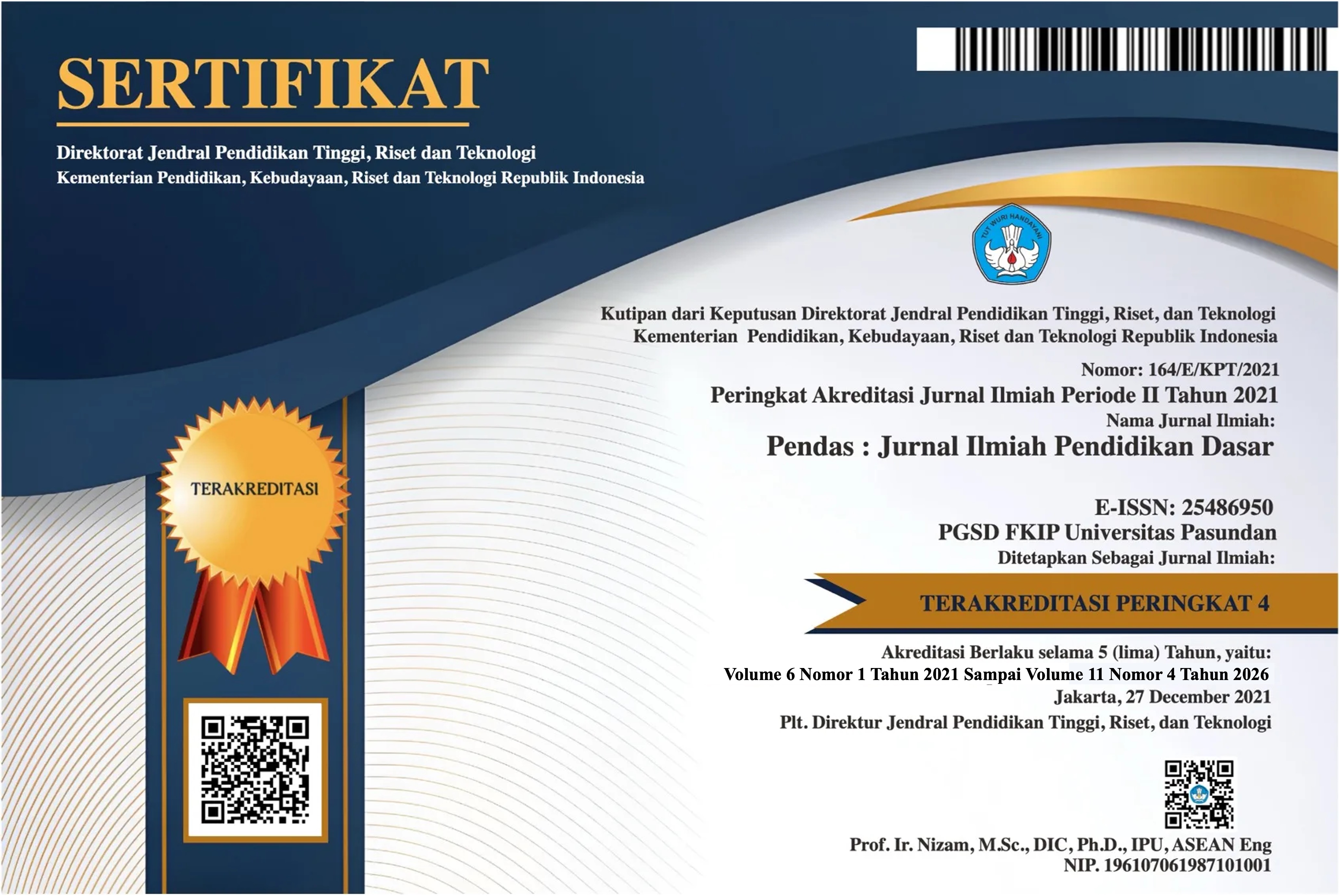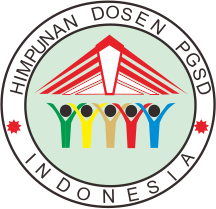ANALISIS IMPLEMENTASI MODEL PEMBELAJARAN PROJECT BASED LEARNING (PjBL) DALAM MENGEMBANGKAN KETERAMPILAN BERPIKIR KRITIS SISWA KELAS V DI SD NEGERI 01 MONTONG TANGI
DOI:
https://doi.org/10.23969/jp.v10i03.33694Keywords:
Project Based Learning, critical thinking skills, mathematics learningAbstract
This research aims to (1) describe the implementation of the Project Based Learning (PjBL) model by teachers at SD Negeri 01 Montong Tangi, (2) identify the obstacles faced by teachers in applying the PjBL model in mathematics learning at SD Negeri 01 Montong Tangi, and (3) analyze the contribution of the Project Based Learning (PjBL) model to the development of students’ critical thinking skills at SD Negeri 01 Montong Tangi. This research uses a qualitative approach with a descriptive method. The research location is SDN 1 Montong Tangi, Sakra District, East Lombok, conducted in June–July 2025 with teacher and fifth grade students as subjects. Data were collected through observation, interviews, and documentation, then analyzed using the Miles and Huberman model, which includes data reduction, data presentation, and conclusion drawing. Data validity was obtained through triangulation, increased persistence, and member check. The results showed that the implementation of the PjBL model was carried out through the stages of planning, project implementation, presentation of results, and evaluation. The teacher acted as a facilitator who encouraged students to be active in learning. The obstacles faced by teachers included limited time, lack of independence of some students in group work, and limited learning facilities. Nevertheless, the application of PjBL proved effective in developing students’ critical thinking skills, as shown through their ability to analyze, evaluate, solve problems, and improve cooperation and communication. Thus, the implementation of the Project Based Learning (PjBL) model is effective in developing the critical thinking skills of elementary school students, while also serving as an alternative learning strategy relevant to curriculum demands and the needs of the 21st century.
Keywords: Project Based Learning, critical thinking skills, mathematics learning
Downloads
References
This research aims to (1) describe the implementation of the Project Based Learning (PjBL) model by teachers at SD Negeri 01 Montong Tangi, (2) identify the obstacles faced by teachers in applying the PjBL model in mathematics learning at SD Negeri 01 Montong Tangi, and (3) analyze the contribution of the Project Based Learning (PjBL) model to the development of students’ critical thinking skills at SD Negeri 01 Montong Tangi. This research uses a qualitative approach with a descriptive method. The research location is SDN 1 Montong Tangi, Sakra District, East Lombok, conducted in June–July 2025 with teacher and fifth grade students as subjects. Data were collected through observation, interviews, and documentation, then analyzed using the Miles and Huberman model, which includes data reduction, data presentation, and conclusion drawing. Data validity was obtained through triangulation, increased persistence, and member check. The results showed that the implementation of the PjBL model was carried out through the stages of planning, project implementation, presentation of results, and evaluation. The teacher acted as a facilitator who encouraged students to be active in learning. The obstacles faced by teachers included limited time, lack of independence of some students in group work, and limited learning facilities. Nevertheless, the application of PjBL proved effective in developing students’ critical thinking skills, as shown through their ability to analyze, evaluate, solve problems, and improve cooperation and communication. Thus, the implementation of the Project Based Learning (PjBL) model is effective in developing the critical thinking skills of elementary school students, while also serving as an alternative learning strategy relevant to curriculum demands and the needs of the 21st century.
Downloads
Published
Issue
Section
License
Copyright (c) 2025 Pendas : Jurnal Ilmiah Pendidikan Dasar

This work is licensed under a Creative Commons Attribution 4.0 International License.



















